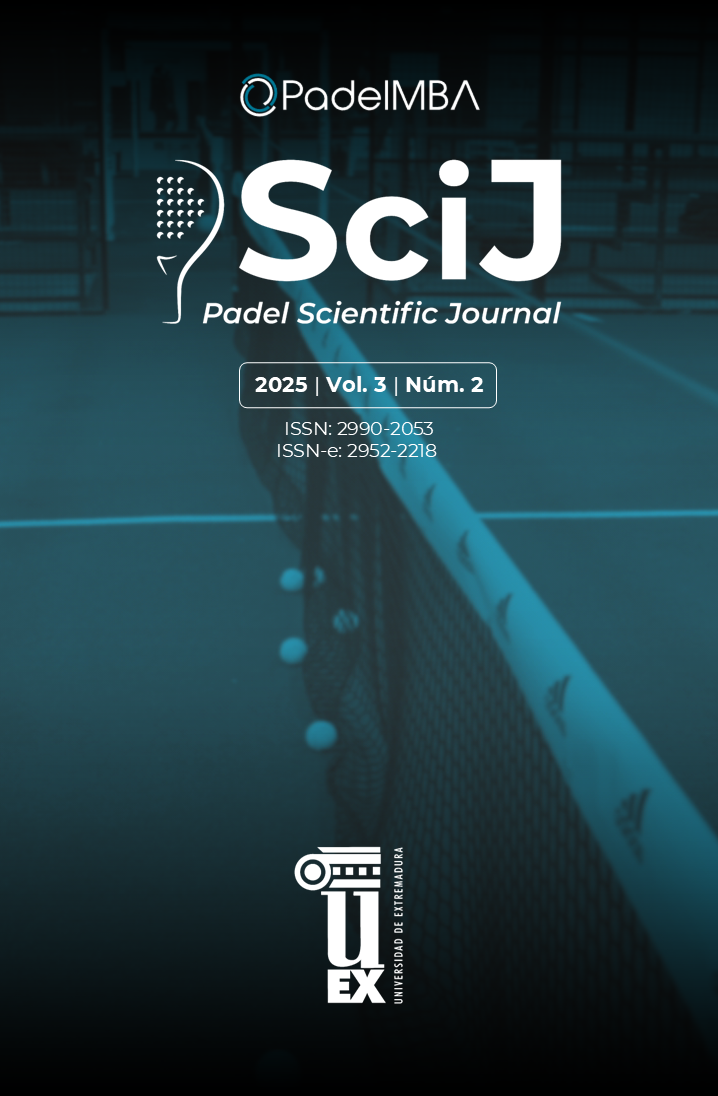Evolution of padel federation licences in Spain: Analysis by sex and autonomous community
DOI:
https://doi.org/10.17398/2952-2218.3.151Keywords:
padel, federative licences, SpainAbstract
The growth of padel worldwide has been significant in recent years, leading to an increase in the demand for studies analyzing its evolution and distribution. In this context, the objective of this study has been to examine the evolution of padel federation licenses in Spain since 2013, with a focus on differences by gender and autonomous communities. To achieve this, official sources from the Ministry of Education and Vocational Training have been analyzed, allowing for an understanding of the number of federation licenses in padel differentiated by gender, autonomous community, and year, covering the period from 2013 to 2023. The data obtained show that the total number of federation licenses has reached 112,127 across both genders, demonstrating significant growth in both men's and women's padel. In 2013, there were 35,195 licenses registered for men and 13,405 for women, while in 2023, these figures increased to 77,184 and 34,943, respectively. At the regional level, Cataluña has remained the community with the highest number of federation licenses since 2013, followed by Madrid and Andalucía, which also have a high number of federated players. These data are of great interest and importance, as they provide insight into the current state of padel at the national level, facilitating the development of strategies for its promotion and encouraging a more equitable distribution of resources based on observed trends.











